AMD Temash chipset to lower cost of Windows tablets
iPad-equivilant pricing on the way, says semi-conductor firm.
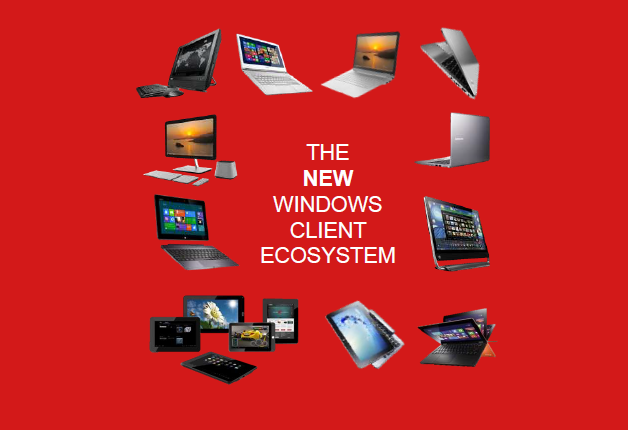
AMD claims its next-generation of chips will help OEMs decrease the price point of Windows tablets and provide high-performance graphical capabilities within laptops.
The semiconductor vendor has confirmed details for its forthcoming Temash, Kabini and Richland chipsets. AMD hopes this generation will help it battle against firms such as Qualcomm, Nvidia and Intel who are all making significant pushes into the mobile market.
Tablets
The Temash SoC is designed to be utilised primarily in tablets, but will also be available for use in small-form factor clamshells.
AMD is confident the low power draw of the Temash chips (3.9 Watts in some cases) will help OEMs lower the price of tablets.
"Windows [8] couldn't hit the price of the iPad (399), we want to make sure with Temash we can get OEMs and customers at the price point," Sasa Marinkovic, head of technology marketing at AMD told journalists at a pre-brief.
AMD will release dual-core and quad-core varieties. The entry-level A4 Temash chipset will feature up to eight hours of battery life, and have AMD's proprietary video streaming, Radeon HD graphics and video stabilisation technologies built in.
Get the ITPro daily newsletter
Sign up today and you will receive a free copy of our Future Focus 2025 report - the leading guidance on AI, cybersecurity and other IT challenges as per 700+ senior executives
The more powerful A6 family will have the same base-line features and also ship with Gesture Control, Face Login and Screen Mirroring capabilities as standard.
Clamshell devices will also include AMD's turbo dock technology. When a user plugs a display into the keyboard, the firm claims performance will be automatically ramped by up to 40 per cent.
The A4 and A6 Temash chips are expected to have better performance than Intel's Atom chips, but will fall short of the competing Core i3 range.
Marinkovic claimed that Temash will be highly competitive - and supports a variety of technologies that competing products do not.
"You'll see we have a whole bunch of features that CloverTrail cannot do. So much so that we've seen Intel pulling in their schedule for next-gen products to compete with [Temash]," he said.
These include support for VGA, DirectX 11, up to 8GB memory, USB 2 and 3 ports as well as application acceleration.
Laptops
Despite OEMs such as Dell seeing a 79 per cent slide in profits during the last quarter, AMD believes there is a market out there for traditional devices.
"When I look around the room, everyone still has a laptop with them. It is the primary device for work/productivity," Marinkovic continued.
"Our focus is going to be on new devices all-in-ones, clamshells [and] hybrid tablets."
AMD will release two chipset dedicated to laptops the entry-level Kabini and high-end Richland family.
Kabini will compete with Intel's Pentium and Core i3 ranges, and offer nine hours of battery life for web browsing and six hours for 1080p HD video playback.
AMD is touting high performance and graphical gains over the previous generation. The firm says it is 25 per cent more efficient than its predecessor and graphics performance per watt is 133 per cent better.
Richland will go head-to-head with Intel's Core i5 range, and provide around 7.5 hours of web browsing, according to Marinkovic.
He claimed overall performance of the Richland system is up 20 per cent on the previous generation.
-
 Asus ZenScreen Fold OLED MQ17QH review
Asus ZenScreen Fold OLED MQ17QH reviewReviews A stunning foldable 17.3in OLED display – but it's too expensive to be anything more than a thrilling tech demo
By Sasha Muller
-
 How the UK MoJ achieved secure networks for prisons and offices with Palo Alto Networks
How the UK MoJ achieved secure networks for prisons and offices with Palo Alto NetworksCase study Adopting zero trust is a necessity when your own users are trying to launch cyber attacks
By Rory Bathgate
-
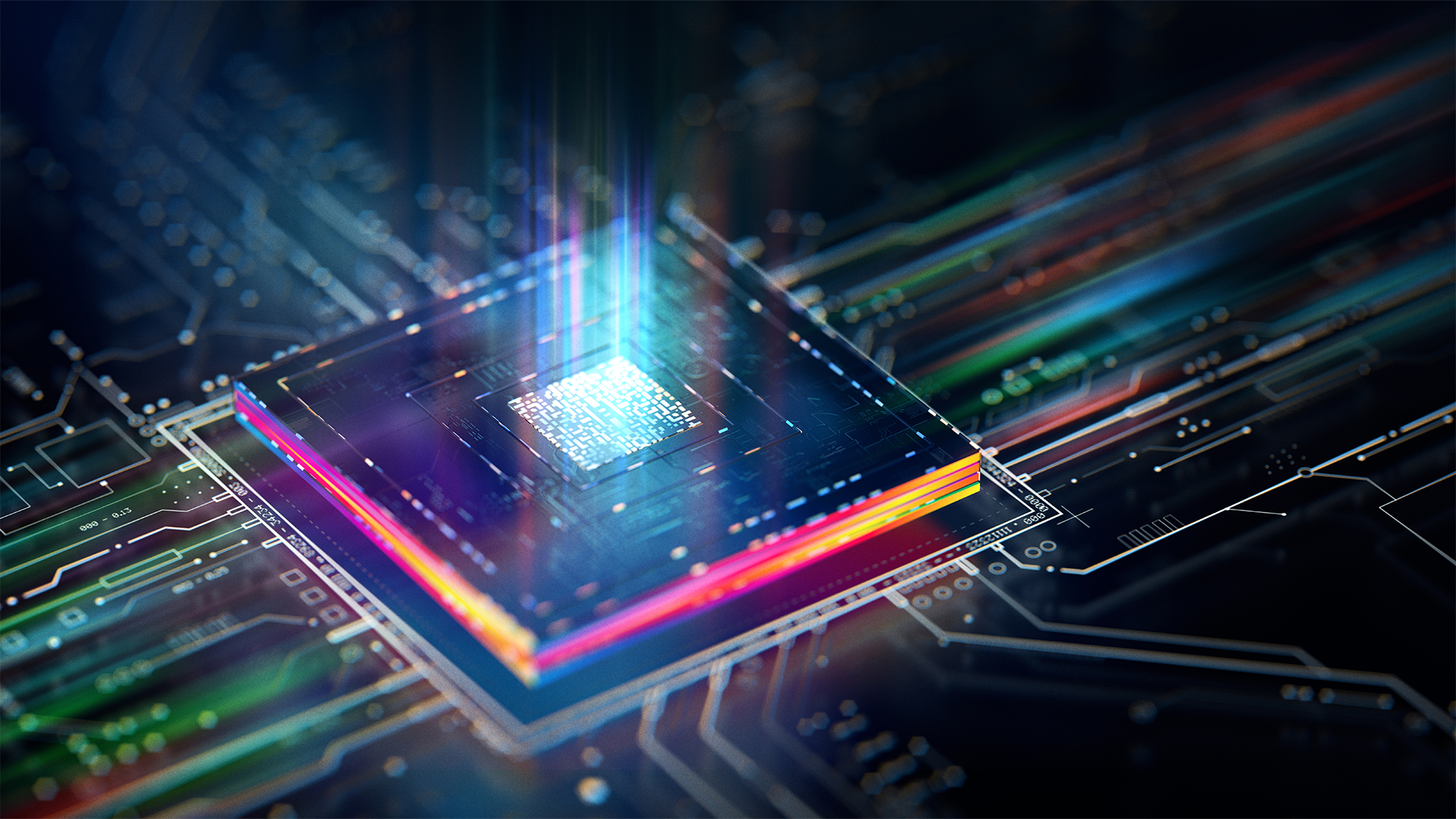 Why the CPU you chose is the key to Windows 11
Why the CPU you chose is the key to Windows 11The end of Windows 10 is on the horizon – it’s time to upgrade to an fTPM-protected processor
By Bobby Hellard
-
 AMD and Intel’s new x86 advisory group looks to tackle Arm, but will it succeed?
AMD and Intel’s new x86 advisory group looks to tackle Arm, but will it succeed?News The pair will look to make x86 CPU architecture more interoperable
By George Fitzmaurice
-
 AMD’s patient roadmap has become a highway to success
AMD’s patient roadmap has become a highway to successAnalysis While everyone was focused on Nvidia’s meteoric rise, AMD was preparing the hardware needed to take the fight to its long-time competitor
By Ross Kelly
-
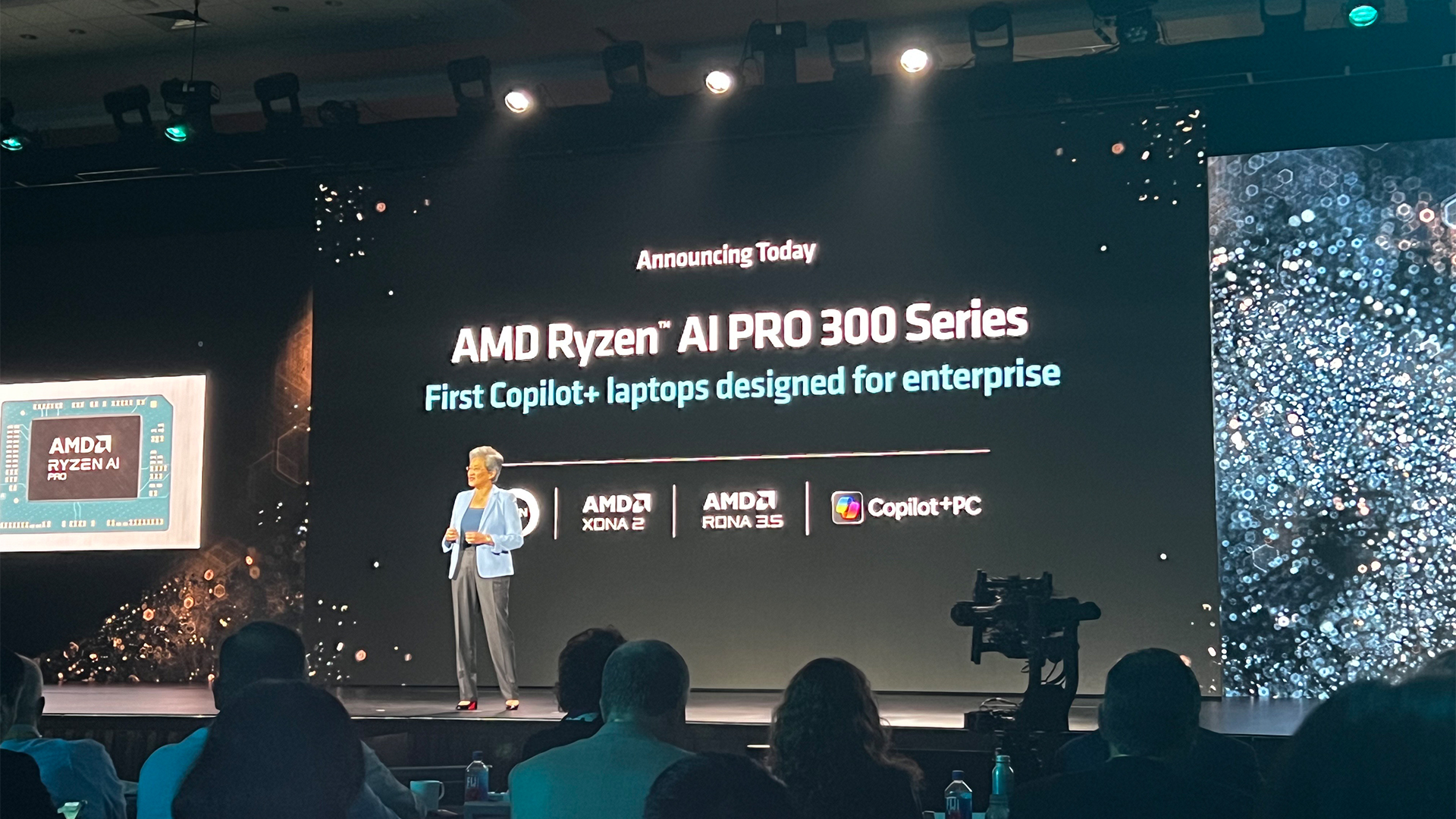 AMD just made a big statement in the AI PC race with its Ryzen AI Pro 300 series processors
AMD just made a big statement in the AI PC race with its Ryzen AI Pro 300 series processorsNews With all eyes focused on the AI PC craze, AMD looks to one-up the competition
By Ross Kelly
-
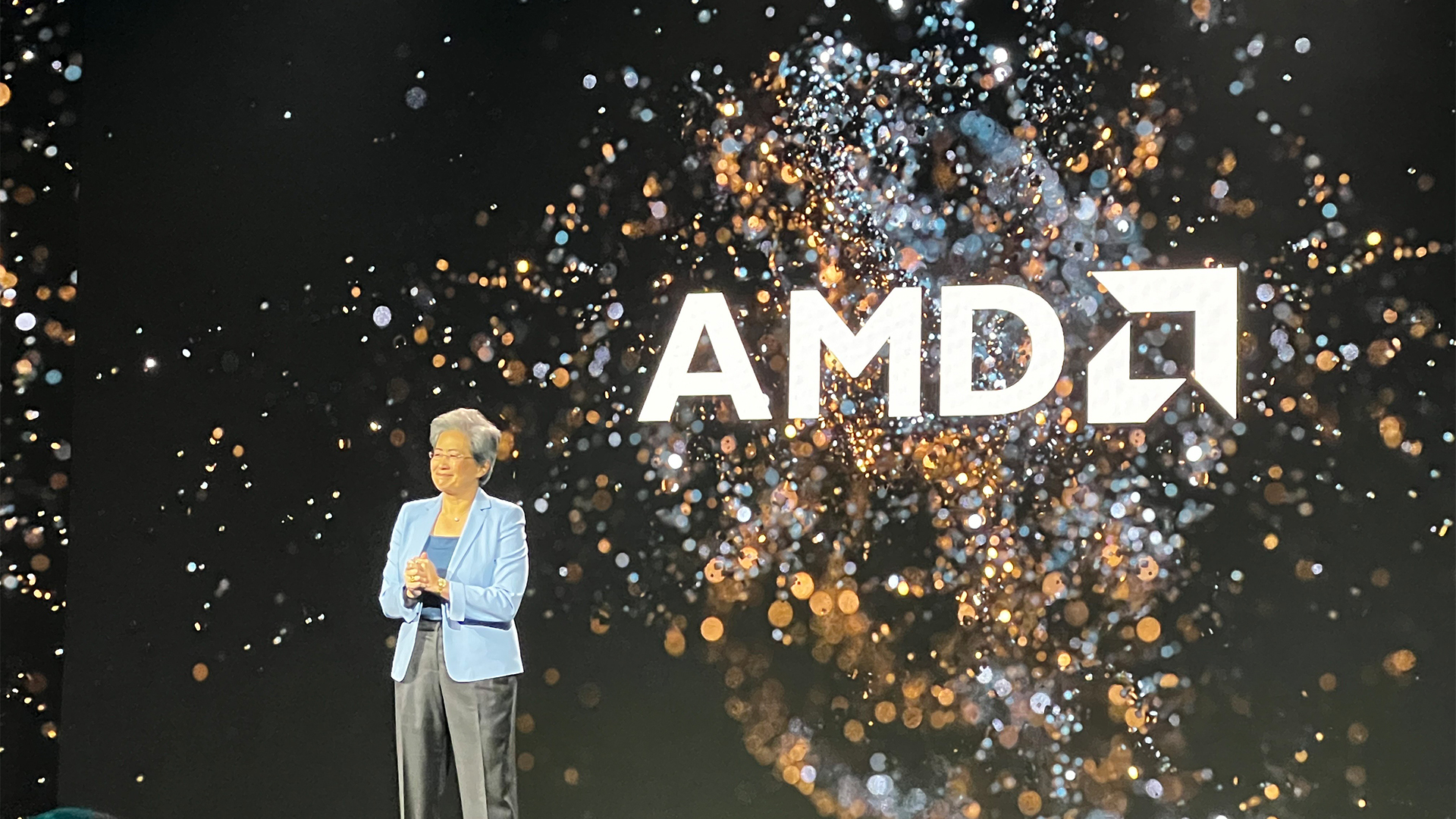 AMD’s new Instinct GPUs might just blow Nvidia out of the water
AMD’s new Instinct GPUs might just blow Nvidia out of the waterNews The chip maker unveiled its newest Instinct GPU series in San Francisco today – and it’s very bullish on performance in the race with Nvidia
By Ross Kelly
-
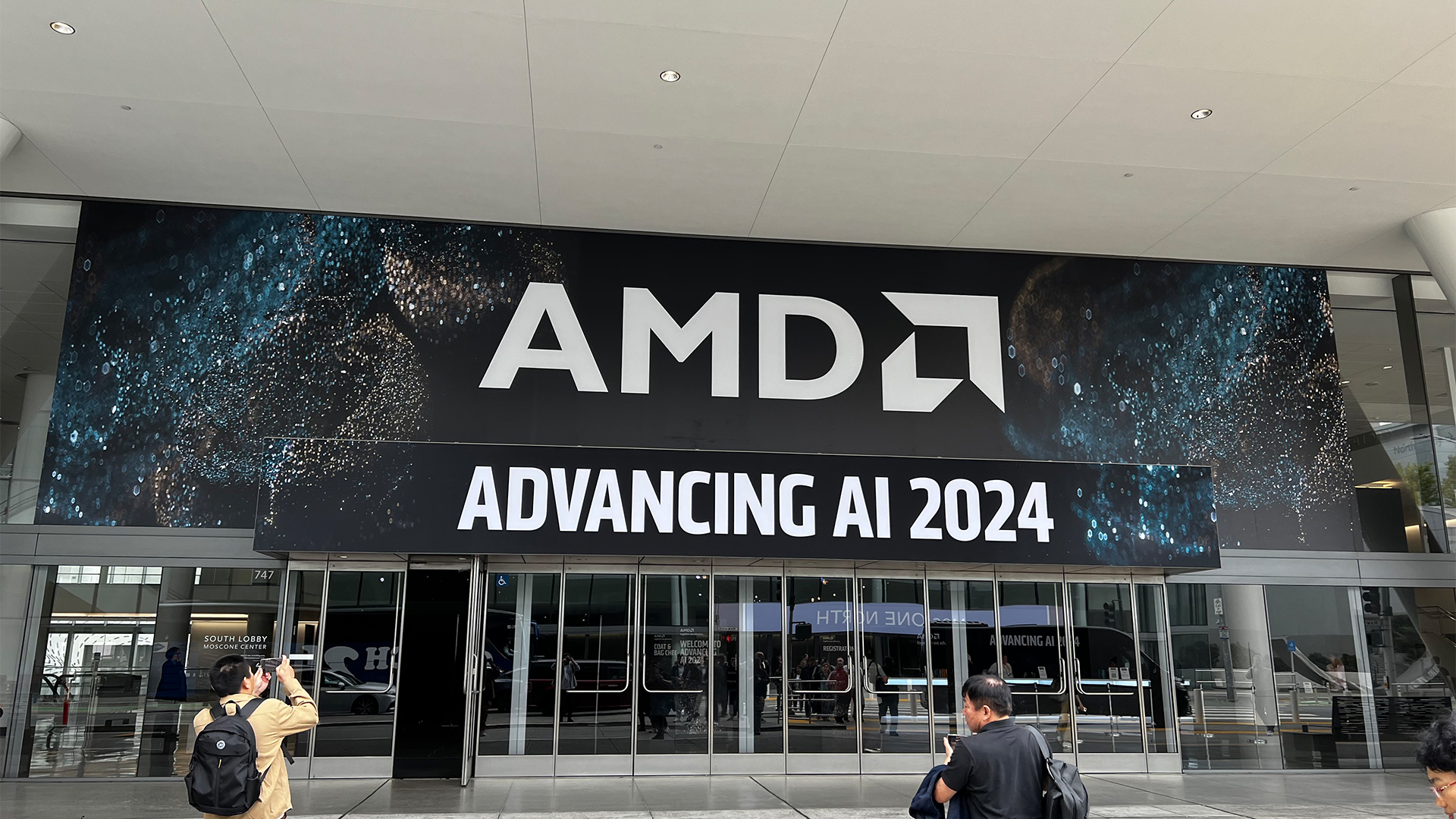 AMD Advancing AI live: All the news and updates as they happened
AMD Advancing AI live: All the news and updates as they happenedLive Blog ITPro has been live on the ground at the AMD Advancing AI conference in San Francisco this week – here's everything we learned in the big keynote with CEO Lisa Su
By Ross Kelly
-
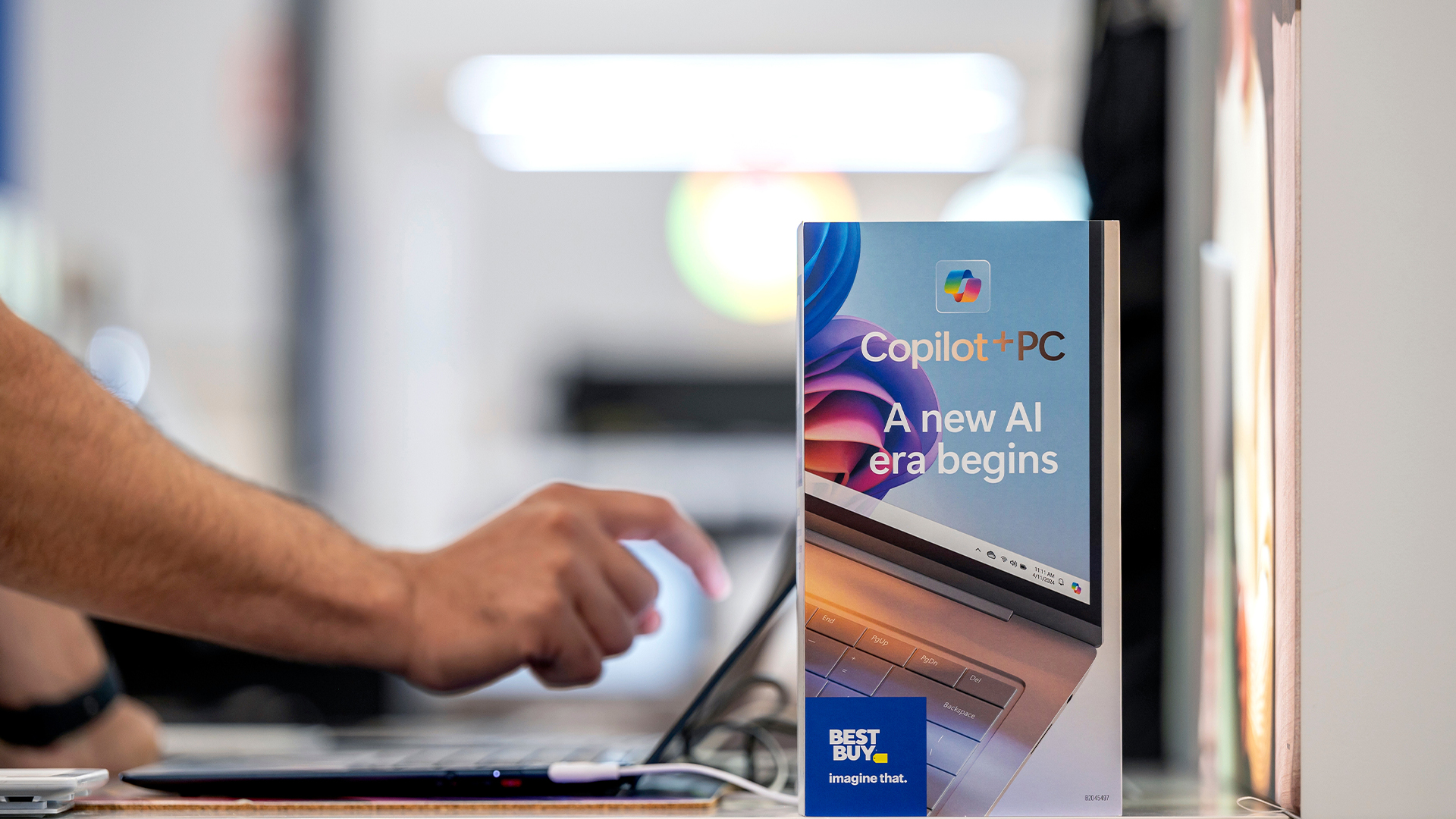 Why the world is about to be swamped with AI PCs
Why the world is about to be swamped with AI PCsNews With adoption rates set to surge, AI PCs will become far more mainstream in years to come
By Nicole Kobie
-
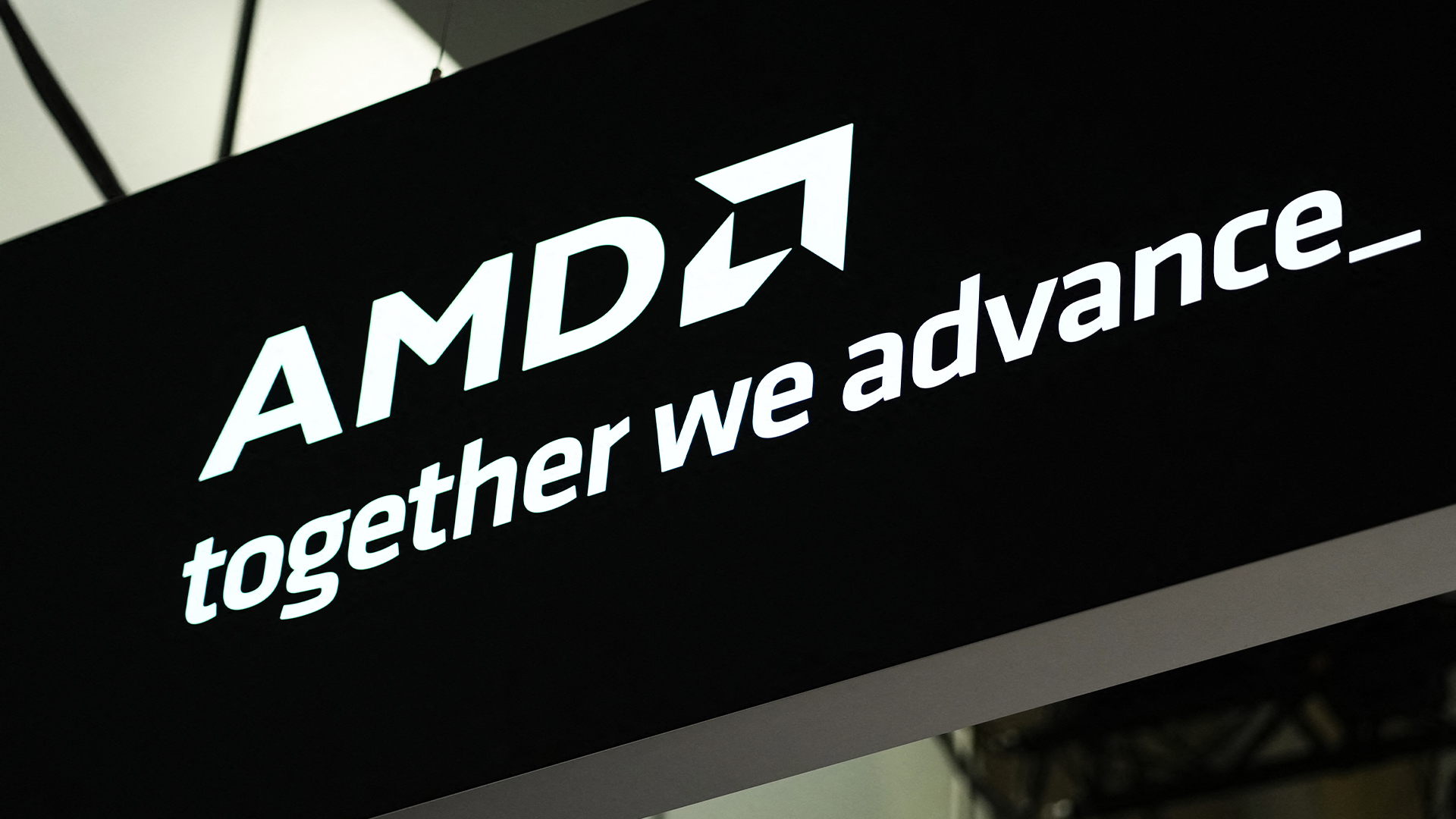 AMD expands CPU portfolio with new EPYC 4004 Series
AMD expands CPU portfolio with new EPYC 4004 SeriesNews AMD has released its new EPYC 4004 Series processors to power entry level system designs and deliver cost savings to SMBs
By Daniel Todd